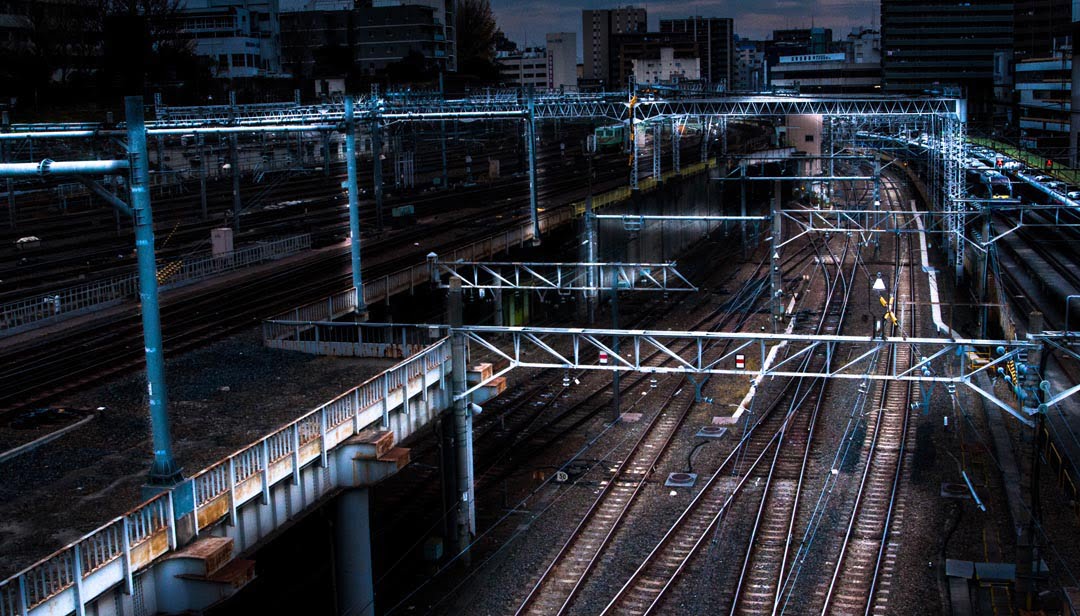Manage for long-term efficiency.
Organisations in the transport and infrastructure sector typically own or manage assets that deliver critical services to the public and other industrial sectors. This includes:
- Roads
- Rail – both track infrastructure and rolling stock
- Ports
- Airports
The assets in the transport and infrastructure sector typically constitute a mix of long-lived assets whose condition deteriorates in a largely steady and predictable manner (e.g. wharves) and other assets where asset condition and failure cannot be so easily predicted (e.g. conveyors and ship loaders). The major challenge in these sectors, however, is in forecasting future demand and usage rates for these assets.
As establishing new assets in the transport and infrastructure sector typically requires years (or in the case of establishing a new major highway or port, sometimes decades), there is a strong need in the transport and infrastructure sector to focus on longer term asset planning and establishing the processes and systems that allow this to happen efficiently and effectively. There is still a need, however, for shorter term focus on improving reliability for critical assets, and on improving maintenance productivity.
The work that we have done for clients in the transport and infrastructure sector mostly focuses on strategic asset management and asset management planning, but we have also helped clients improve maintenance and reliability performance.
We can help you to
We have also delivered training in asset management, maintenance and reliability improvement to the transport and infrastructure sector. Our experience in the transport and infrastructure sector includes work for organisations throughout Australia and South East Asia.
Transport and infrastructure case studies
Transport and infrastructure articles
